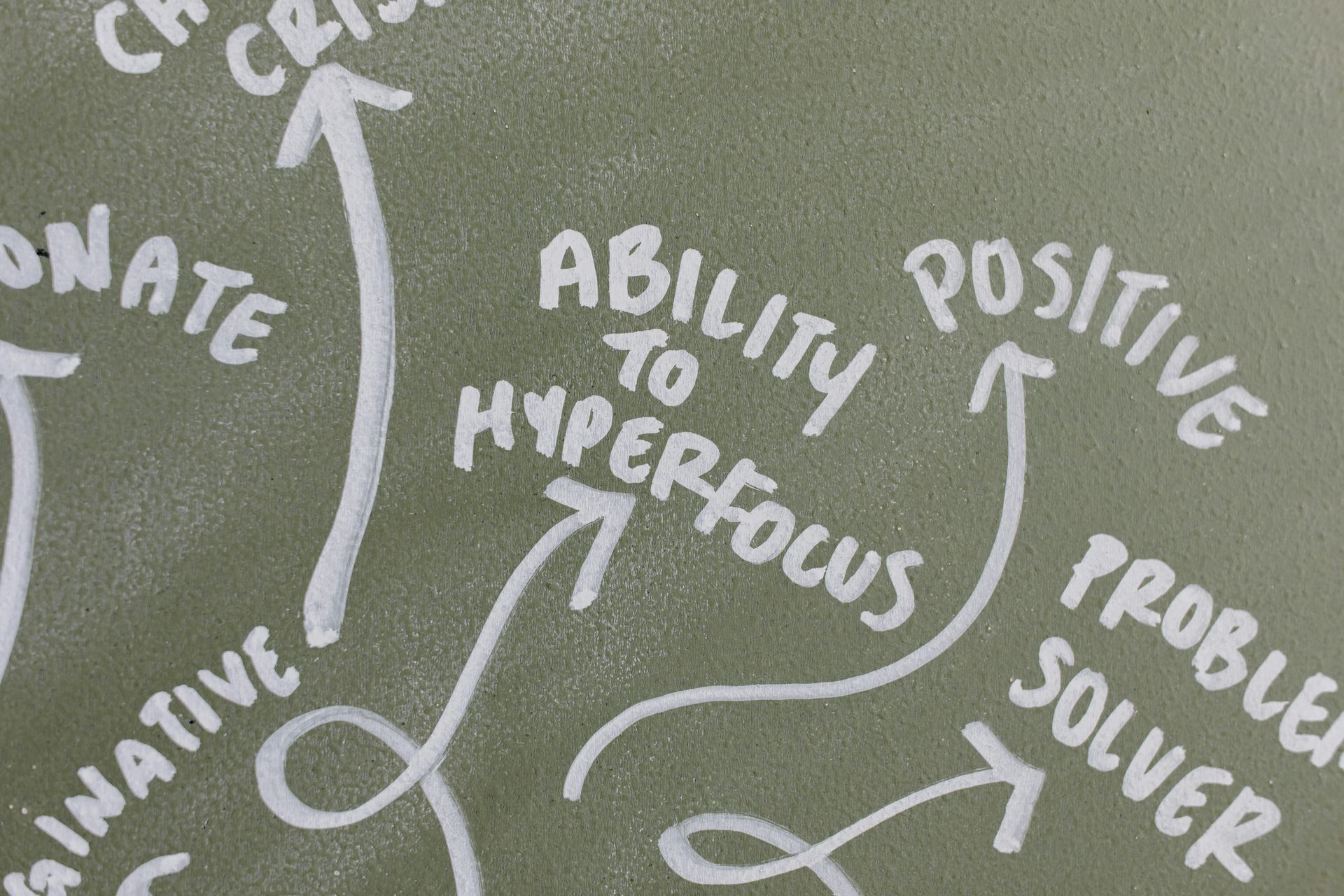Creating Better Information and Collaboration Flow
The scene
Approaches for executing on a strategy or set of goals are shaped by intentions and assumptions. Most would agree that it is hard to execute on aspirational goals. At individual initiatives level, “only 2.5% of companies successfully complete 100% of their projects” (PWC, 2014). Similarly, the average fail rate of strategy execution appears to be 50% (numbers vary depending on the research and period).
Reasoning for failures vary. There are plenty of suggestions about what organisations and leaders
should be doing to avoid failures. The less explored lens is about what one
should not
be doing, and the discipline of tracking that as a metric.
The problem statement
When people talk about transformational change, it often means moving towards best practices. Our hypothesis is that the failure to achieve the fastest and most fundamental shift has less to do with tracking how well new patterns are learned, but more with unlearning the bad habits.
The most valuable question one can ask is “what we can do wrong”. This applies to change and any project. Your strategic and project plans should have specific “do not do”measurable criteria.
Measuring and tracking what should not be happening is commonly affected by
- psychological safety across teams
- strong personalities in management
- passive-aggressive relationship between the client and partners / vendors
- false sense of safety provided by process, rituals and frameworks
- surveys and follow-up intervention way of dealing with sentiment
Your context will differ depending on scope, structure, organisational DNA, environment and
decision making style. Traditional surveys, 360 degree peer reviews and performance management routines are not suitable for bringing systemic change. These checkpoints in time cannot increase the feeling of being a real contributor. Therefore, information flow and collaboration levels do not change systemically.
Management and team leads spend a lot of time “managing” differences in perspectives. This is one of the reasons why it has been observed that “management is the least efficient activity in your organisation” - Gary Hamel,
First Let’s Fire All The Managers, Harvard Business Review, 2011.
“Companies are twisting themselves into knots to empower and challenge their employees“ - Paul J. Zak, The Neuroscience of Trust, 2017
Turn problems into a clear goal and opportunity
It is common knowledge that people need less managerialism and greater authentic leadership. Team leads and senior leaders in organisations spend a lot of energy baby-sitting escalations, interventions and other alignment challenges. This work is reactionary and does not bring about systemic change fast enough. As such, this is a symptom of the problem - e.g. leaders and teams constantly have to deal with outcomes of what went wrong.
In this context, the goal is to reduce lag and do away with the interventionist nature of realignment. This goal goes well beyond improving the health of what is happening today. The resulting practice is a transient competitive advantage.
The opportunity is to convert inspect-and-adapt into a vibrant and real-time pattern, as opposed to ritualised false sense of security. The ultimate goal is better information and collaboration flow without ‘isms’ and rules based friction.
The solution and call-outs
Information flow and levels of collaboration are all about the ability to deal with differences in perspectives.
The alternative to survey and intervention method is to employ a safe form of smart transparency. This pattern uses non-emotional data points as the driver for very important systemic changes:
- Increased effectiveness of team leads working across the organisation - less energy is wasted on proving the point, and more time is spent on finding collective solutions
- Reduced conversation and collaboration blockages - experience trends are impersonal and subliminally force everyone think about the joint journey
- Grassroots feel better empowered to make the “exceptional team” maturity curve journey
Effecient transparency counteracts the concentration of power, which is not always premeditated, but it is always a killer for healthy reflection on reality. Transparency goes well beyond managing specific personalities. It also unblocks information flow between a group of relatively less competent people (who are typically more voiceful) and the smaller group at the pinnacle of the skills bell curve. The common challenge for all organisations is when these groups of people talk at each other. Unadulterated and “push” based exchange of sentiment will reformat this relationship.
In essence, workplace transparency provides rails for systemic trust and healthier employee engagement. Avoid fads that overuse the concept of culture. Instead, invest into unadulterated real-time authenticity. Resulting trust will resolve cultural issues.
Yes, there are some challenges when beginning the journey.
GitLab experience articulated a few call-outs as - Not everyone likes it, Performance anxiety and Getting bogged down. The proposition, though, is that these challenges are not any more difficult than the status quo issues faced by most organisations. As per research reported by Paul J. Zak (The Neuroscience of Trust, 2017), the benefits of a high-trust environment far outstrip the effort
- 74% less stress,
- 50% higher productivity
- 40% less burnout
Making Smart Transparency Easy
Everyone already has too many tools in their daily lives, and companies are trying to cut down on busy work.
Therefore, it is necessary for transparency flows to:
- integrate with daily communication tools
- all experiences need to be measurable, psychologically safe and pushed by grassroots in the heat of the moment without lag
- ensure data points are authentic and relatable
- ensure specificity of context, longevity of learnings, drill down capability
Neelix Team Engagement solution is designed from ground up to cover these requirements.
In the body of your organization, Neelix performs functions of a real-time signalling system and the Chief Morale Officer, which promotes authenticity.
| Benefit | How it works |
|---|---|
| No drag and real-time feedback flow at the grassroots level | Add Neelix.Team add on to your Slack or MS Teams space. Enterprise compliant / 5 minutes to enable turn-key addon. |
| Specificity of context and measurable sentiment | Create experience categories, teams and activities categories for tour teams. All feedback posts can relate to one or more experience themes and come with positive or negative impact measures specified by the reporter. |
| Psychological safety | Multiple fun tools in addition to real-time flow. Gamified experiences board; Bubble chart of experiences; Depicted connections between experience categories; Culture dashboard; Zero bias confidence voting |
| Longevity of learnings, drill down capability | Visualise trends inspect experience theme correlations across any time period, activity or teams |
| Promote transparency across teams, as well as external partners and vendors | Neelix is designed around a concept of a consortium. This means collaboration space can be created for a joint venture where all partners can be transparent |



